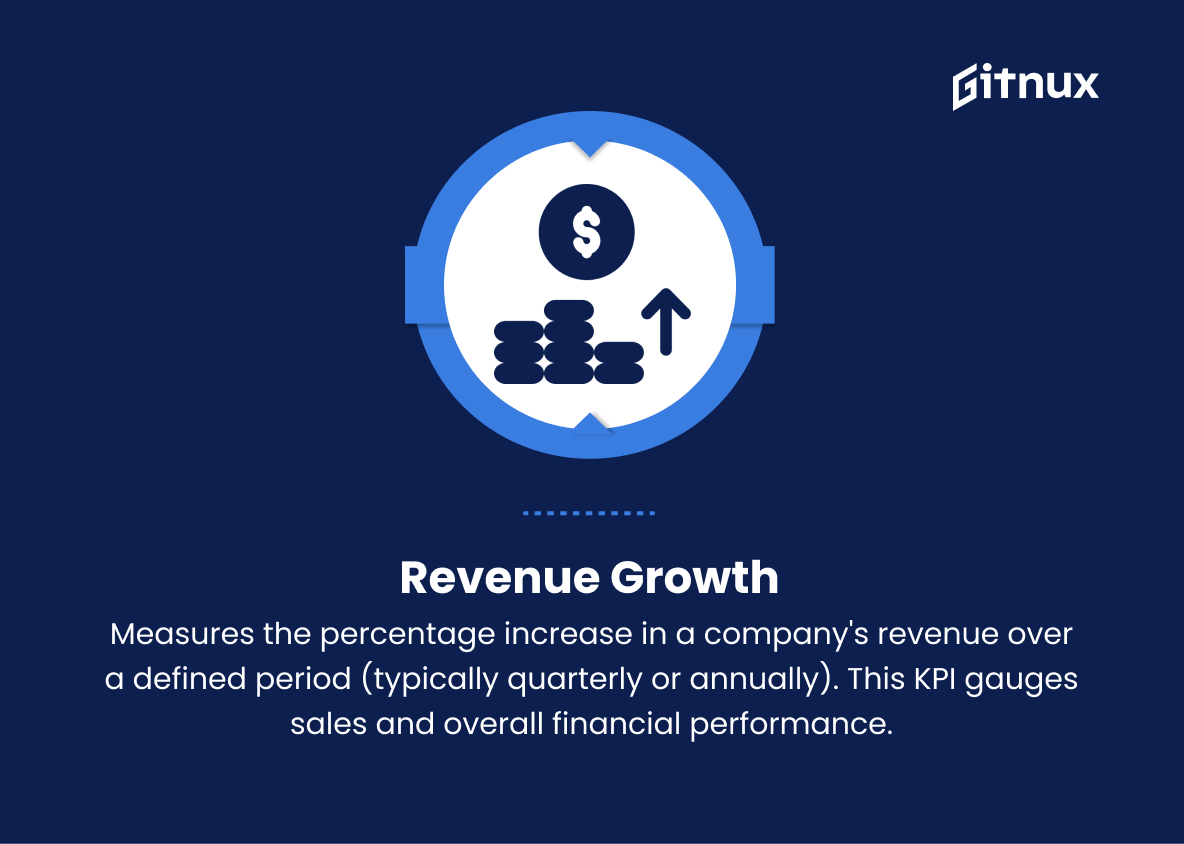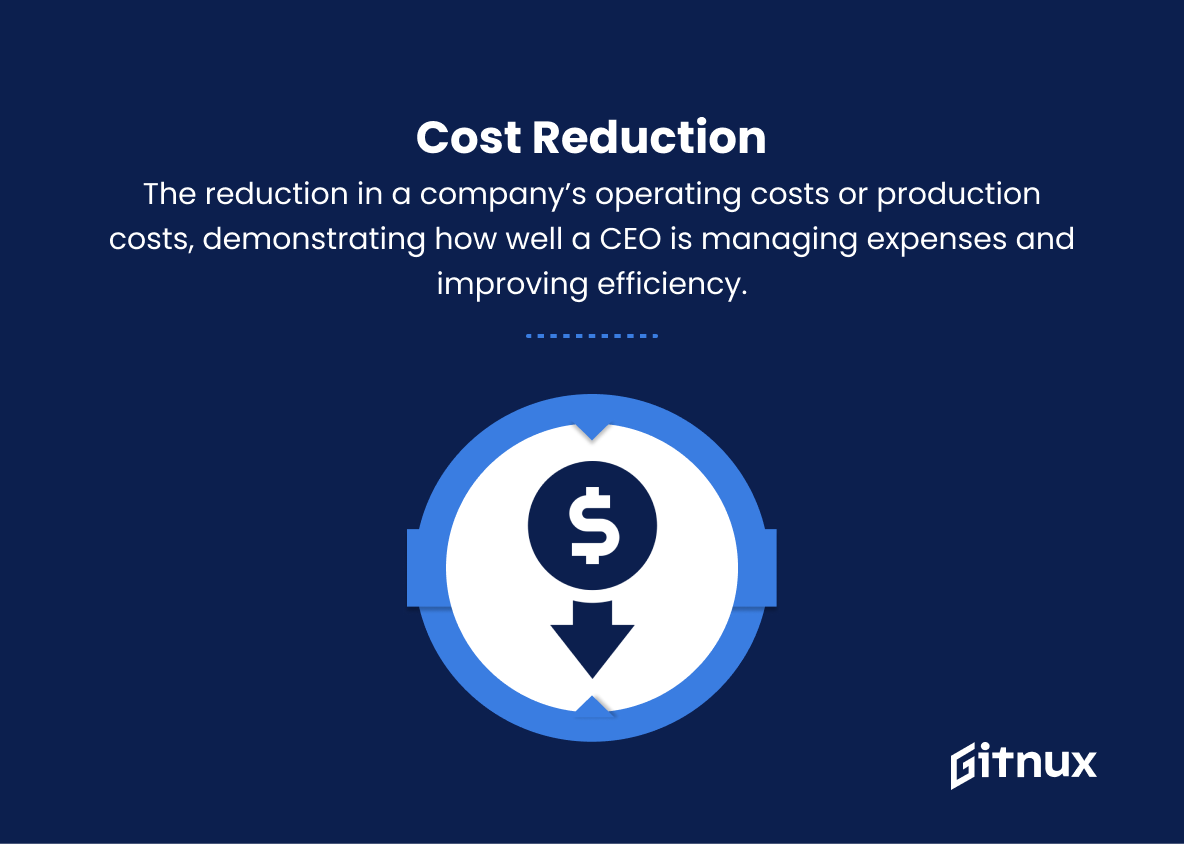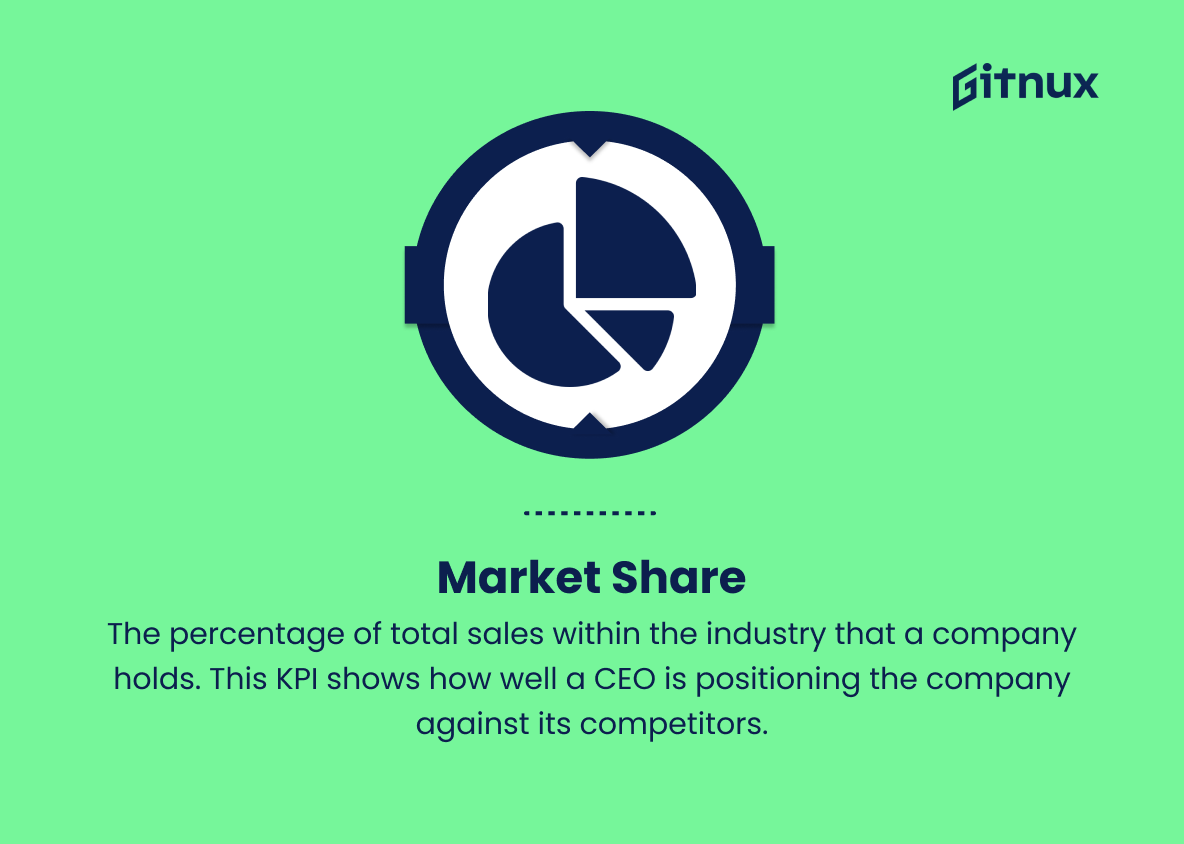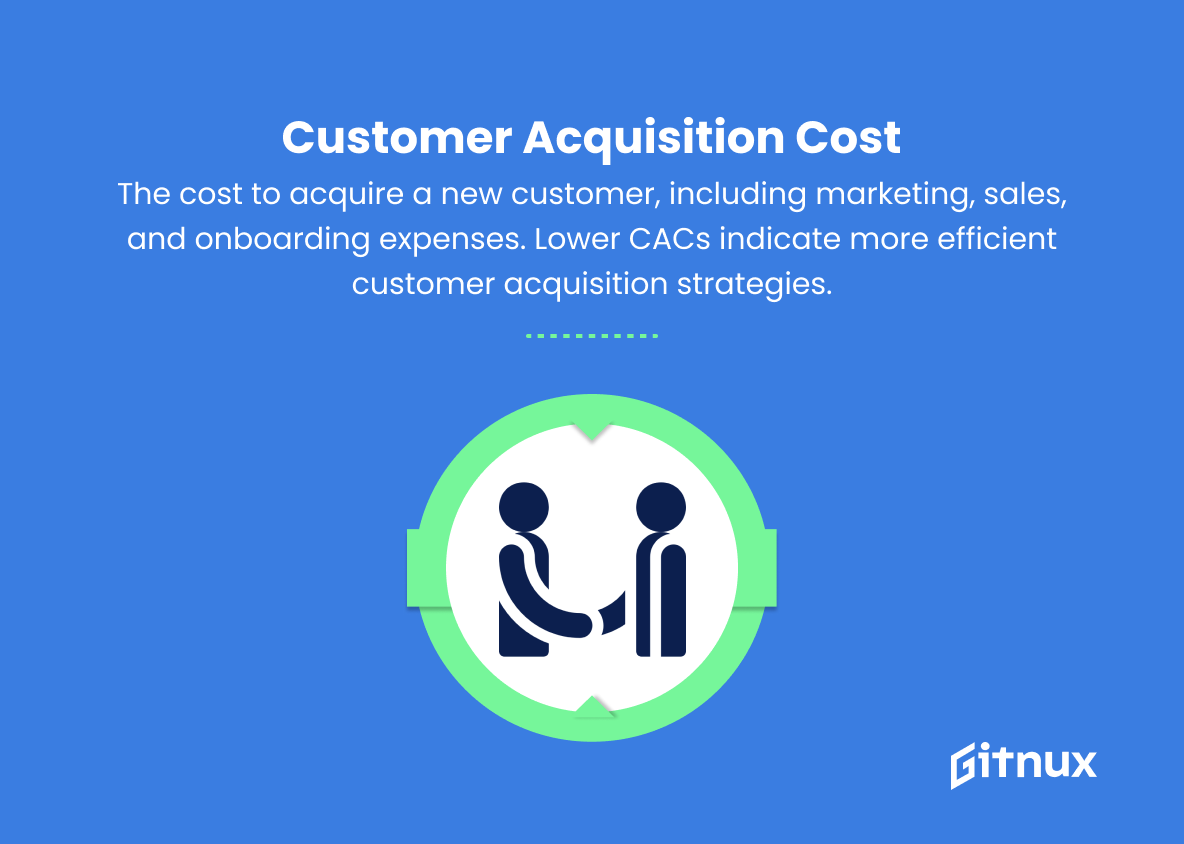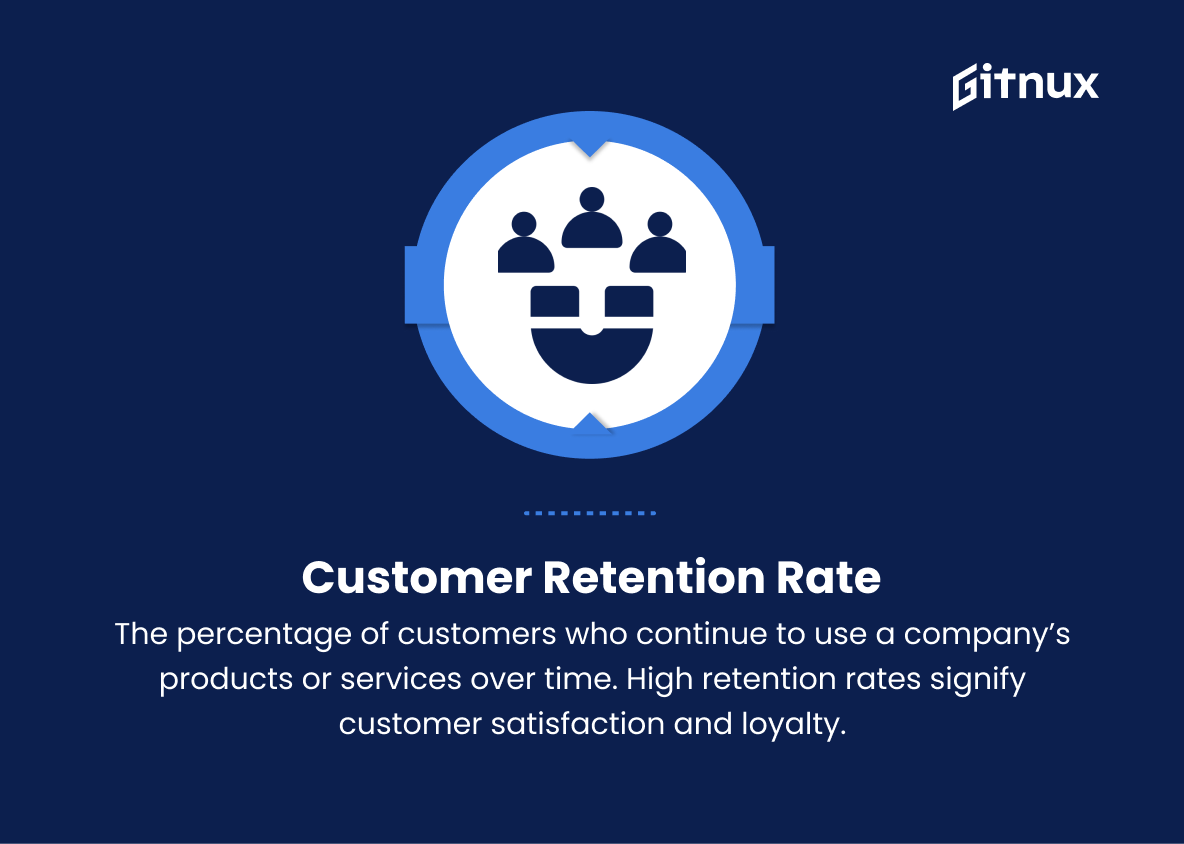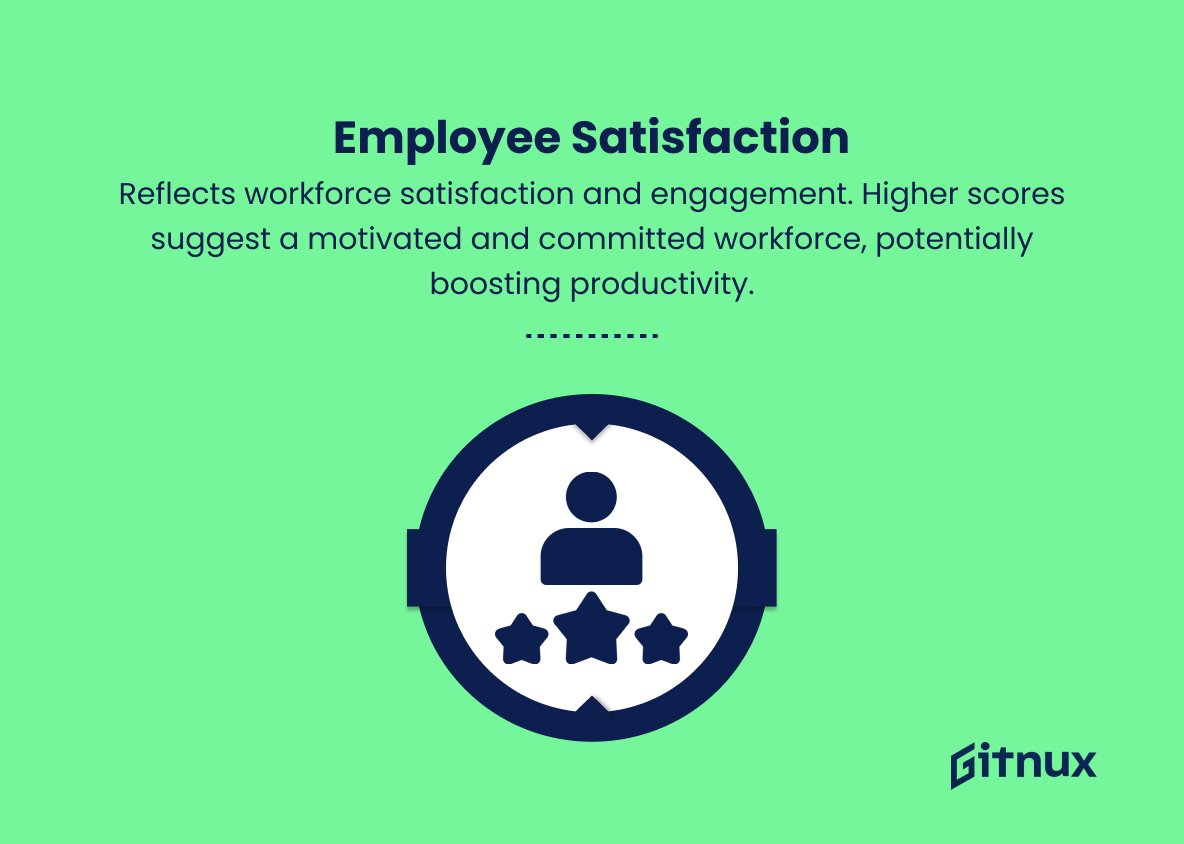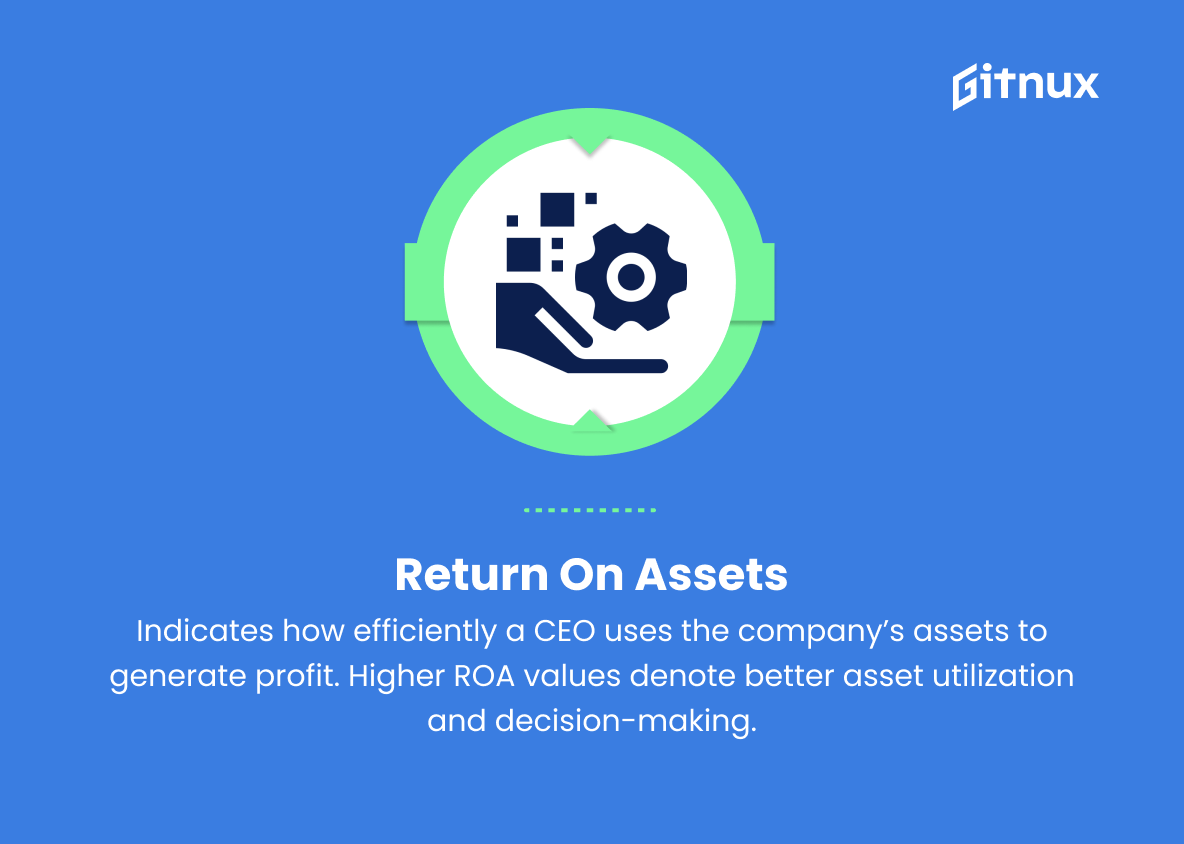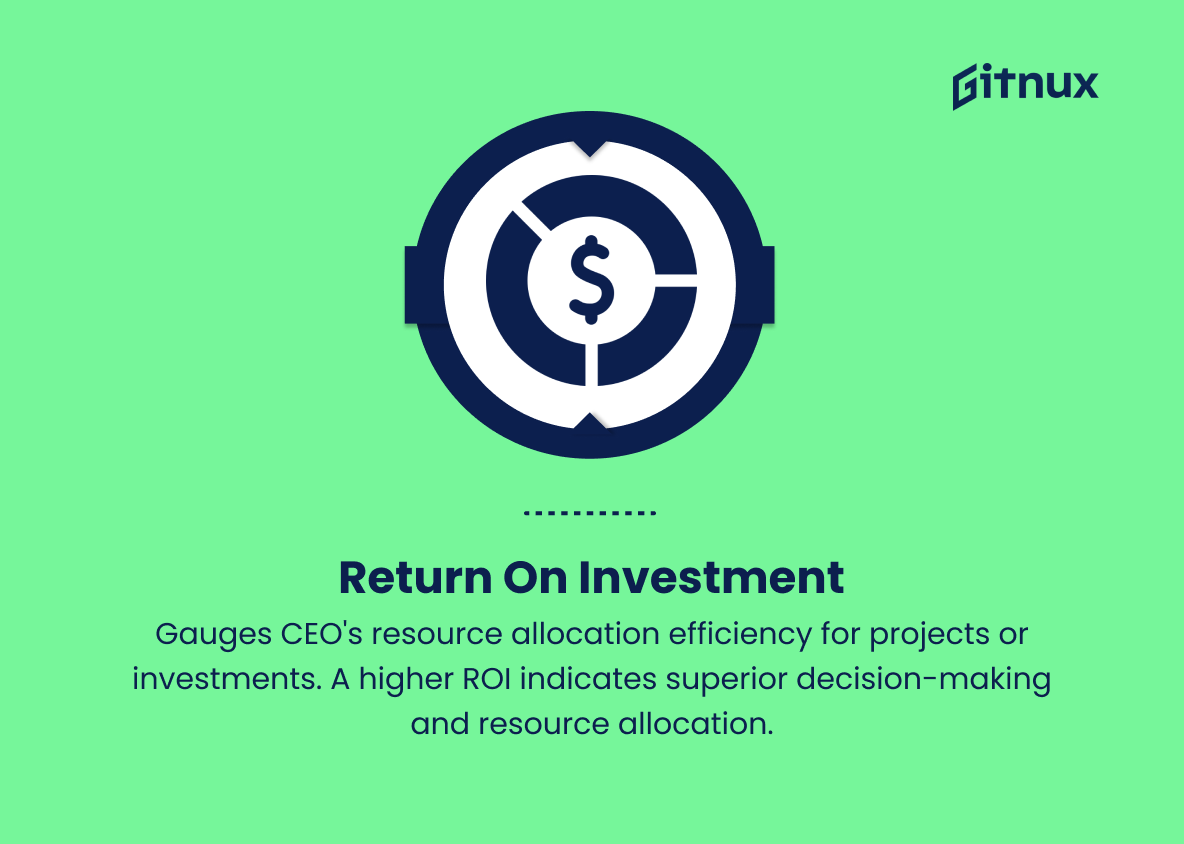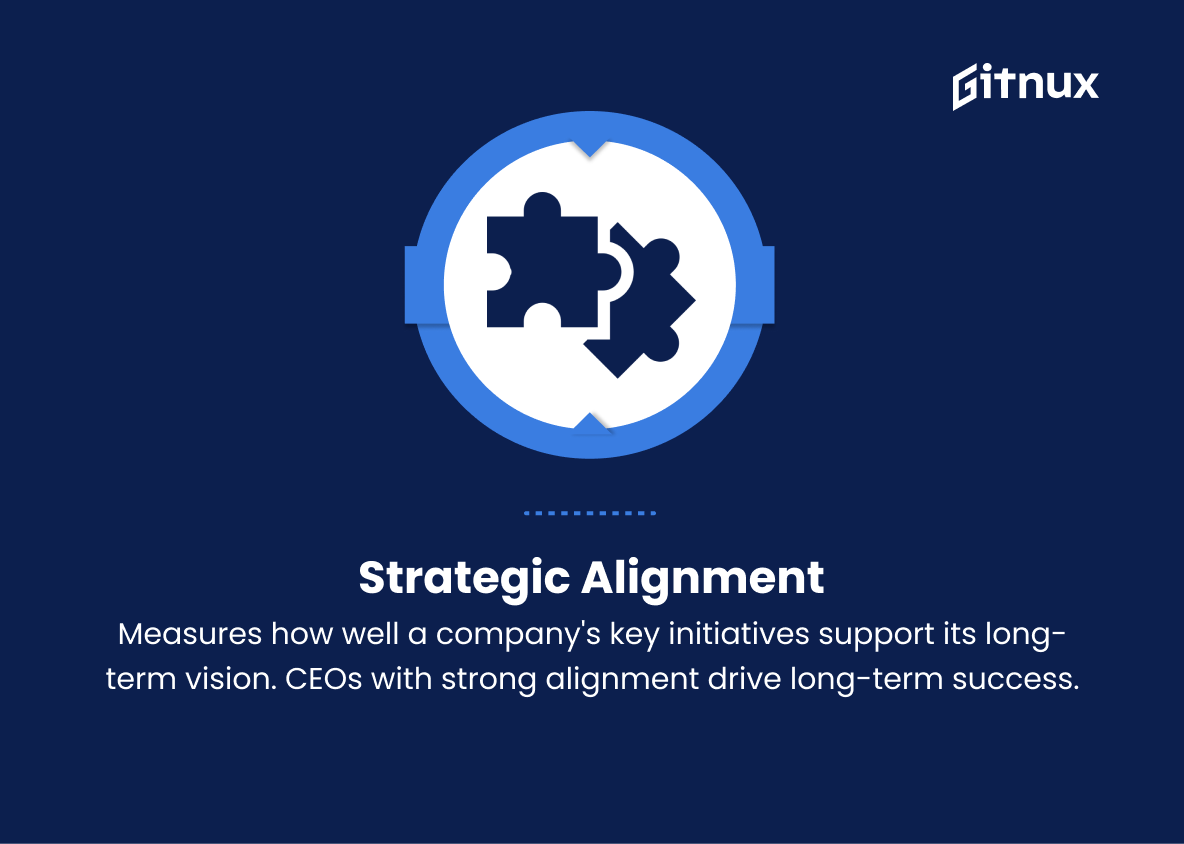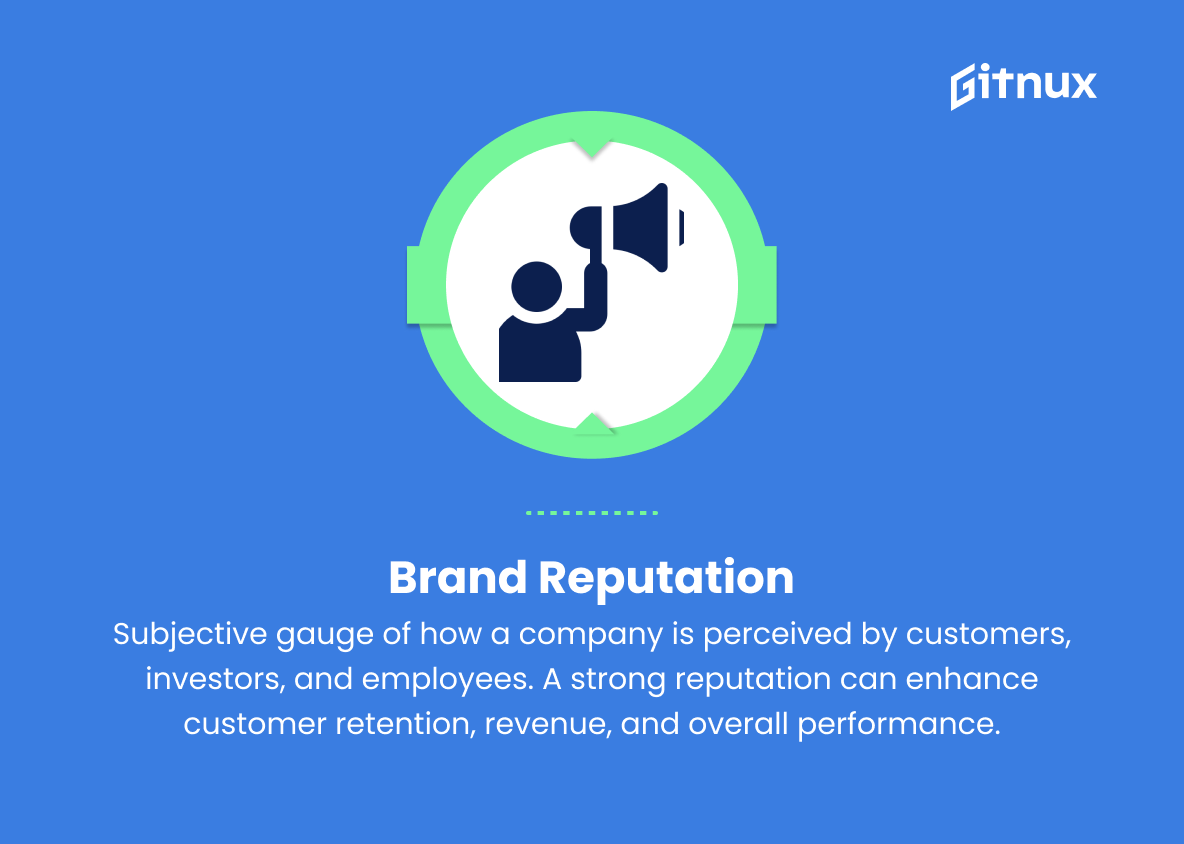In today’s fast-paced business landscape, CEOs play a critical role in steering an organization towards success. Their decisions can make or break the company’s trajectory, and as such, evaluating their performance becomes essential. The key to effectively assess a CEO’s impact lies in determining the appropriate key performance indicators (KPIs) that encapsulate their responsibilities and align with the organization’s goals.
In this blog post, we will delve deep into the world of CEO KPIs, exploring various relevant metrics, their significance, and how they can be utilized to drive organizational growth and stability. By understanding these critical measurements, boards and stakeholders can establish a robust and transparent performance evaluation system, empowering CEOs to reach their full potential in leading the business to excel in a competitive market.
CEO KPIs You Should Know
1. Revenue Growth
Measures the percentage increase in a company’s revenue over a set period (usually quarterly or yearly). This KPI indicates how well the company is performing in terms of sales and overall financial performance.
2. Net Profit Margin
Calculates the percentage of revenue that is left after accounting for all expenses, taxes, and costs. It determines how much money a company is making for its shareholders.
3. EBITDA Margin
Earnings Before Interest, Taxes, Depreciation, and Amortization (EBITDA) Margin illustrates a company’s operational efficiency by measuring its earnings as a percentage of revenue before accounting for non-operating expenses.
In today’s fast-paced business landscape, CEOs play a critical role in steering an organization towards success.4. Cost Reduction
The reduction in a company’s operating costs or production costs, demonstrating how well a CEO is managing expenses and improving efficiency.
5. Market Share
The percentage of total sales within the industry that a company holds. This KPI shows how well a CEO is positioning the company against its competitors.
6. Customer Acquisition Cost (CAC)
The cost to acquire a new customer, including marketing, sales, and onboarding expenses. Lower CACs indicate more efficient customer acquisition strategies.
7. Customer Retention Rate
The percentage of customers who continue to use a company’s products or services over time. High retention rates signify customer satisfaction and loyalty.
8. Employee Satisfaction
Measures the overall satisfaction and engagement of the workforce. A higher Employee Satisfaction score indicates a motivated and committed workforce, potentially leading to higher productivity.
The key to effectively assess a CEO’s impact lies in determining the appropriate key performance indicators (KPIs) that encapsulate their responsibilities and align with the organization’s goals.9. Return on Assets (ROA)
Indicates how efficiently a CEO uses the company’s assets to generate profit. Higher ROA values denote better asset utilization and decision-making.
10. Return on Equity (ROE)
Calculates the rate of return for shareholders based on net income and shareholder equity. High ROE implies strong profitability and effective capital management.
11. Return on Investment (ROI)
A measure of how efficiently a CEO is allocating resources for various projects or investments. Higher ROI suggests better decision-making and resource allocation.
12. Innovation Rate
The number of new products, services, or initiatives launched by the company during a specific period. This KPI showcases a CEO’s ability to drive innovation and develop a competitive advantage.
13. Strategic Alignment
The extent to which a company’s key strategic initiatives support its long-term goals and vision. CEOs who maintain strong strategic alignment enable their organizations to achieve long-term success.
14. Social Responsibility
Assesses a company’s commitment to social and environmental factors, such as corporate sustainability policies, philanthropy, and ethical sourcing. CEOs with high social responsibility scores demonstrate a strong commitment to ethical business practices.
15. Brand Reputation
A subjective measure of how a company is perceived by customers, investors, and employees. A strong brand reputation can help attract and retain customers, increase revenue, and improve overall performance.
CEO KPIs Explained
CEO KPIs like revenue growth, net profit margin, and EBITDA margin are essential indicators of a company’s financial health and overall performance. Efficient cost reduction, increasing market share, and optimizing customer acquisition cost demonstrate a CEO’s effectiveness in competitive positioning and resource allocation. Maintaining a high customer retention rate is crucial for long-term success, while employee satisfaction leads to a motivated and productive workforce. Return on assets, equity, and investment provide insights into a CEO’s decision-making and capital management capabilities.
Furthermore, an innovation rate highlights the ability to stay ahead in the market, and strategic alignment supports long-term goals and vision. Social responsibility and ethical business practices reflect a CEO’s commitment to the broader community and environment, while a strong brand reputation helps attract and retain customers, ultimately boosting the company’s performance.
Conclusion
In summary, CEO KPIs are crucial tools that help define and measure the performance of a company’s leader. By focusing on both financial and non-financial key performance indicators, organizations can gain a holistic understanding of the CEO’s effectiveness, impact on the company’s growth, and contribution to employee wellbeing.
Continuously analyzing and adjusting these KPIs is essential for driving overall business success, as well as promoting transparency and accountability. By incorporating the right mix of CEO KPIs, companies can ensure better decision-making, streamlined operations, and ultimately, long-term success and sustainability.
